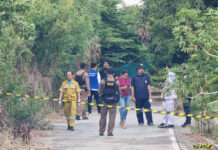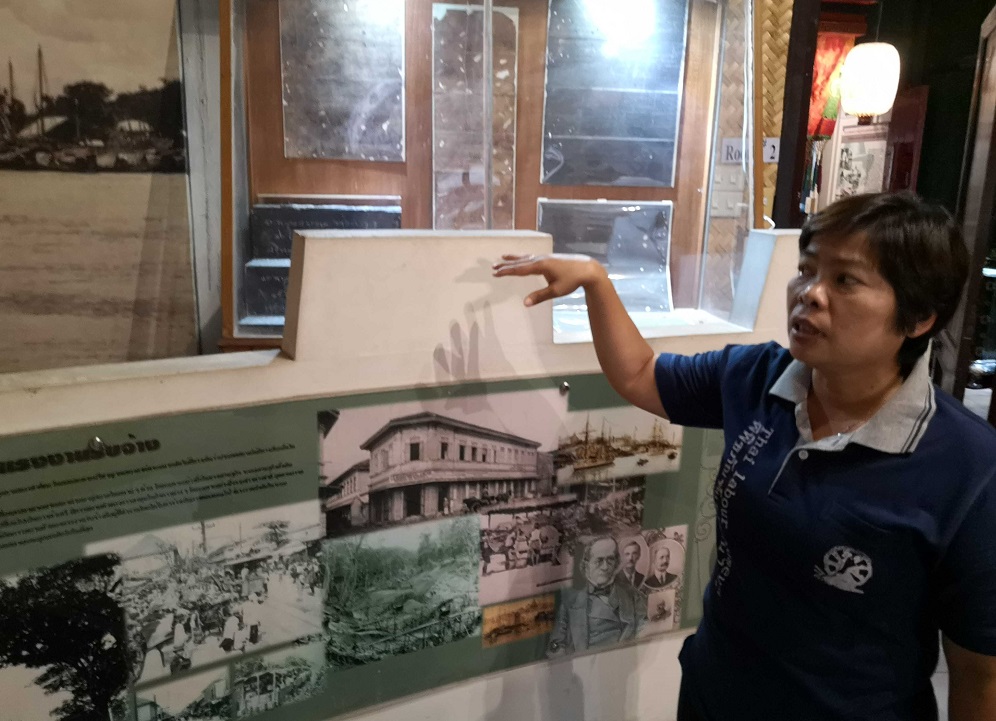BANGKOK — A museum located in the old trainyard area of Makkasan is one of the best kept secrets for those wanting to learn more about the very people who built Thailand – not kings and the elite, but the working class.
The Thai Labour Museum leads visitors through the stories of the suffering, exploitation, and struggles of Thailand’s workers and laborers, from a crackdown on labor activists in the past to the present days safety issues.
“The Labor Museum enables people to recognize the values of workers,” museum curator and former factory worker Wasana Lamdee said.
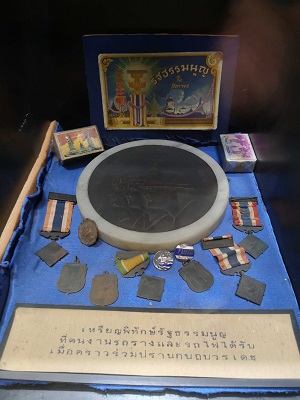
It’s a low-budget museum with no air conditioner and entrance fees. The museum was built with the seed money from the Friedrich Ebert Foundation, a German political foundation supporting labor movements worldwide. Its land is loanded by the union of the State Railway of Thailand.
Consisting of seven small exhibition rooms, the museum starts with reminding visitors that laborers in Siam, as it was known in the early days of Bangkok, were tattooed on their wrists so others can identify their masters. The identification also made it easy to catch fugitive workers and bring them back to their “employers.”
Slaves were also a common source of labor. Displayed at the museum is a slave contract signed during the early reign of King Rama V. The monarch eventually abolished slavery in 1900.
In Room 4, we are told of Thawat Rittidet, a little-known figure from the working class whose role in the 1932 democratic revolt outsizes his reputation. Recognized by the museum as Thailand’s first “labor hero,” Thawat founded a newspaper for workers and formed groups to protect laborers’ rights, years before modern labor unions were introduced.
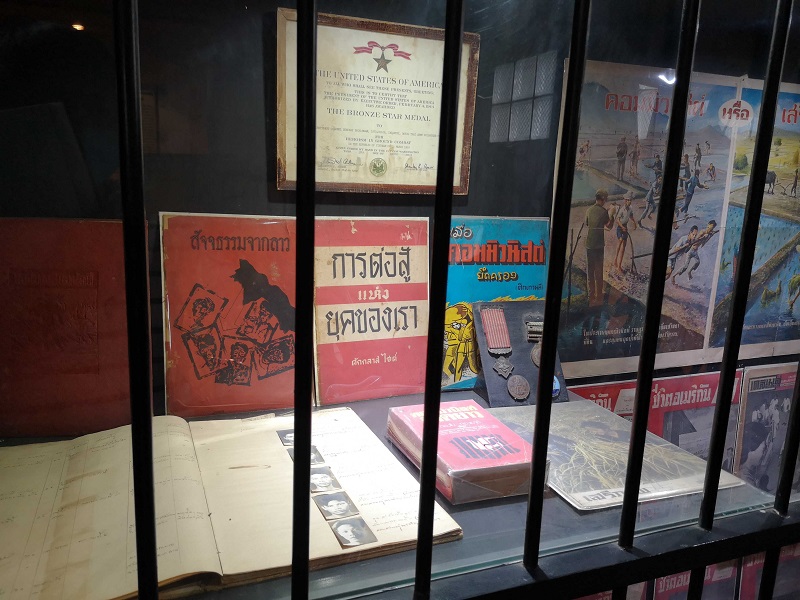
Medals awarded to laborers who helped defeat a royalist countercoup in 1933 are also on display.
Room 5 is dedicated to Allied prisoners of war forced by the Japanese to build the Death Railway across River Kwai during the Second World War. The harsh conditions and abuses by Japanese soldiers led to at least 180,000 deaths among the captives.
Other exhibitions show the labor movement evolving through the Cold War military dictatorship and modern autocrats. We learned of labor leader Thanong Pho-an, who stood against the military coup of February 1991. He was abducted in June that year and never seen again .
But perhaps the most poignant display in the museum is a pile of scorched dolls recovered from a toy factory fire in 1993 that killed 188 workers, most of them women. Investigators said many victims perished in the flame because doors were chained to prevent theft, and no alarm system was installed.
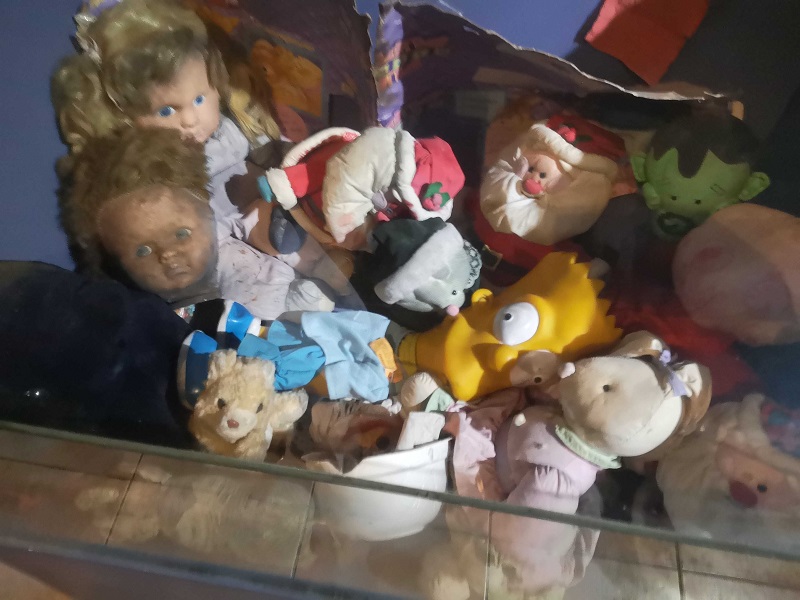
“The factory owner fled back home to Hong Kong and was never prosecuted,” Wasana said. “Only the architect ends up in prison.”
With so many issues left unresolved that still haunt Thai workers today, from union rights to fire hazard, the museum is truly a window to the past and present.
Additional writing Teeranai Charuvastra
Thai Labour Museum is located on Makkasan Road, close to Makkasan Railway Station. It is open from 10am to 4pm from Wednesday to Sunday. The museum is temporarily closed due to coronavirus infections but will re-open in mid-July. Entry is free but donation is appreciated. Call 02-251-3173 for details.













